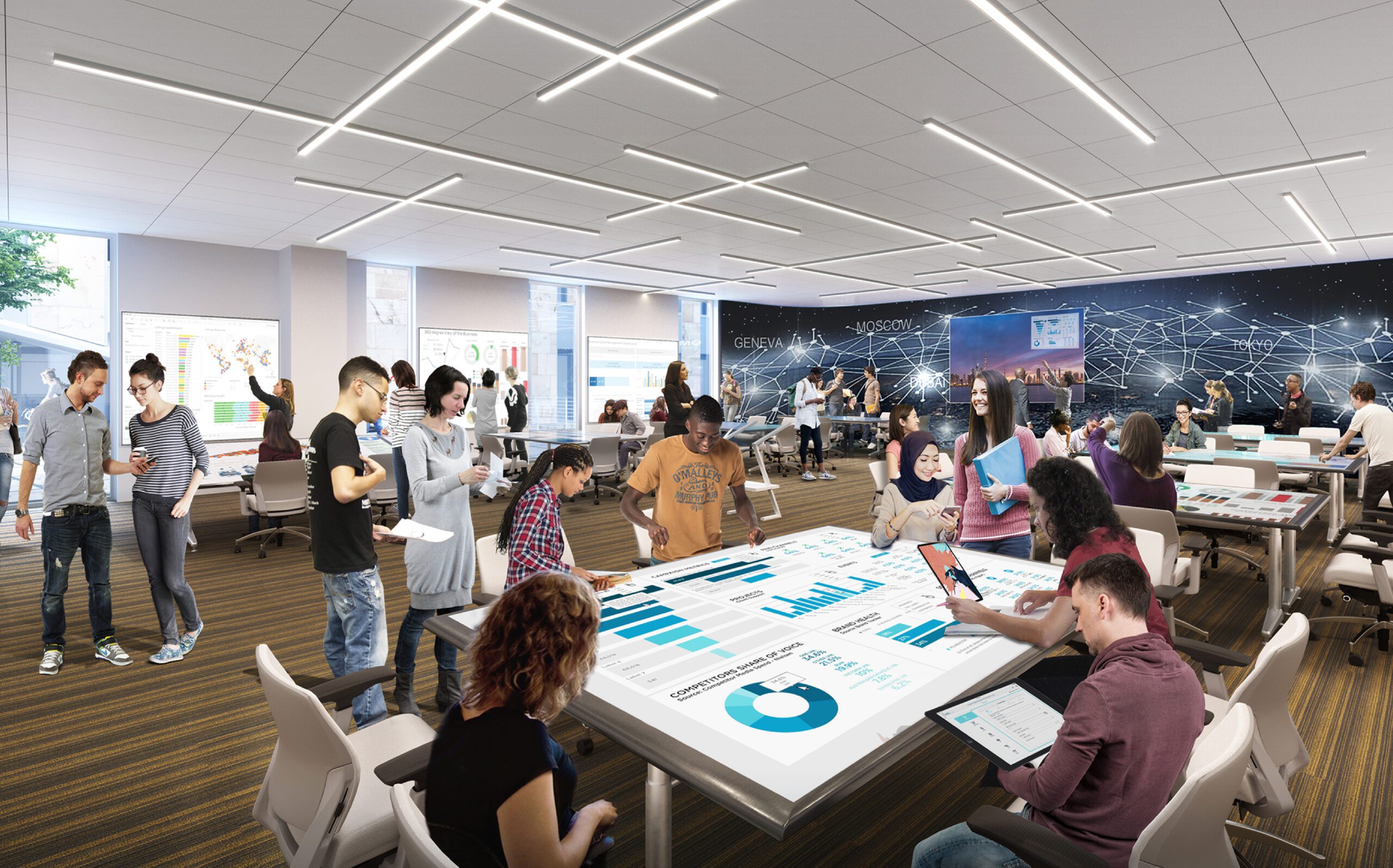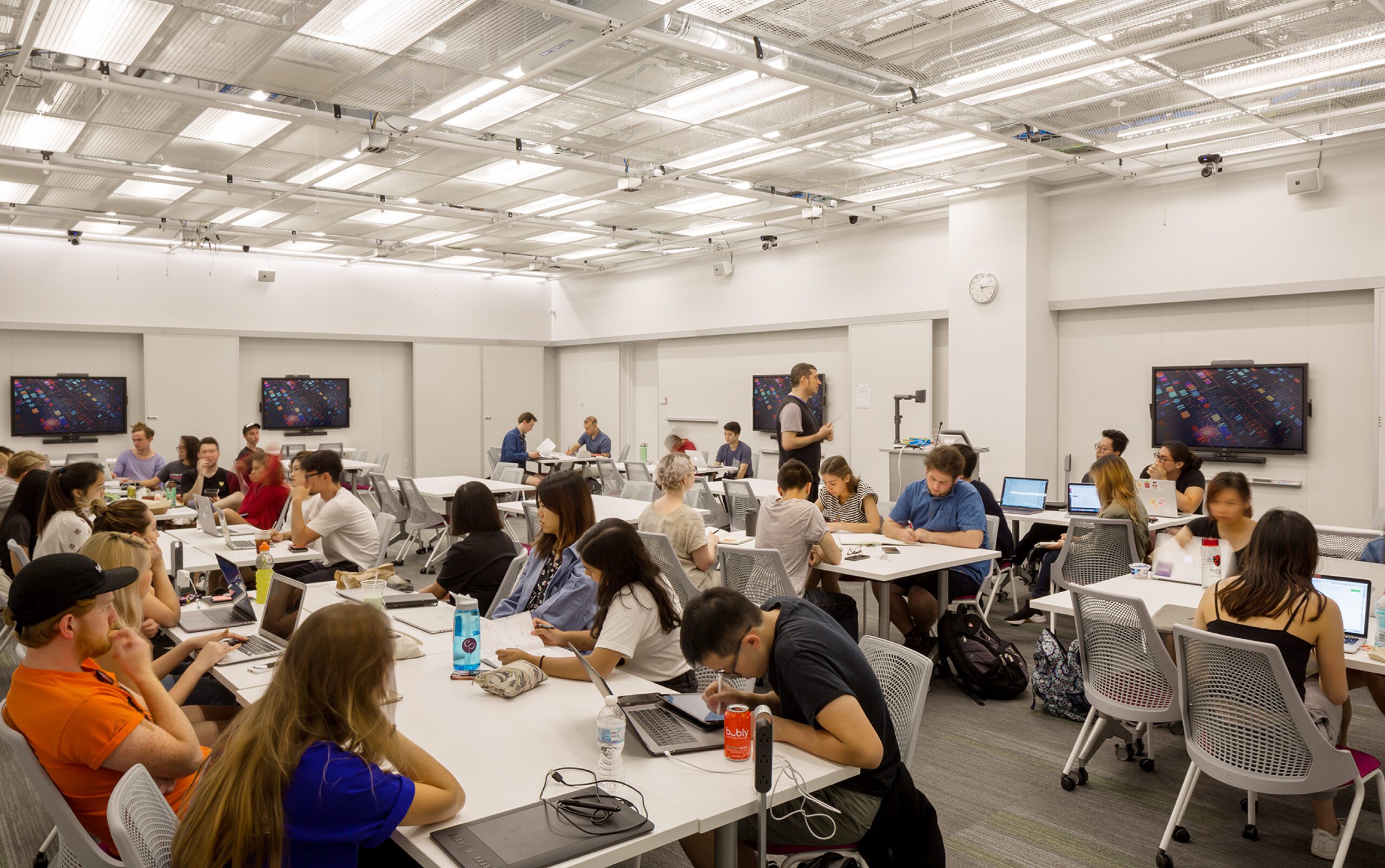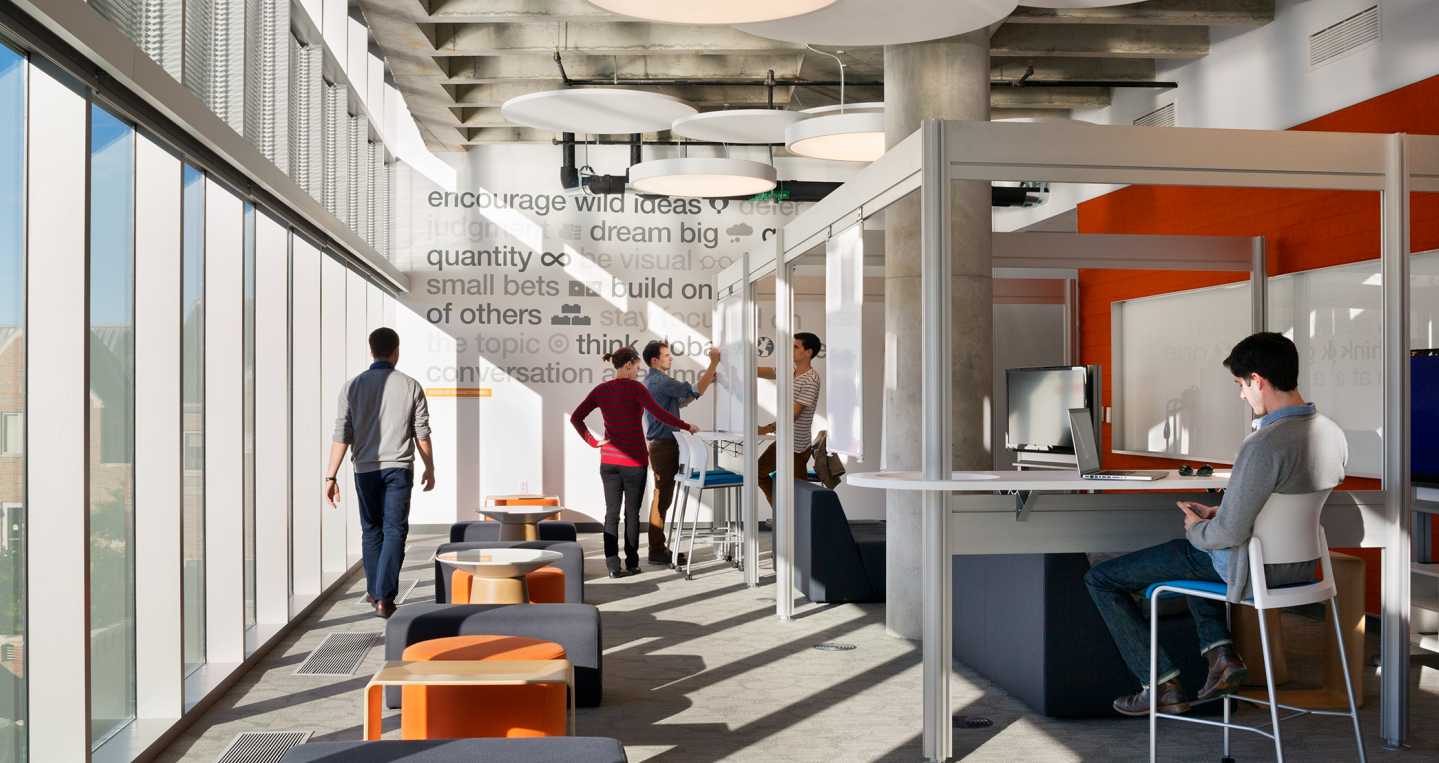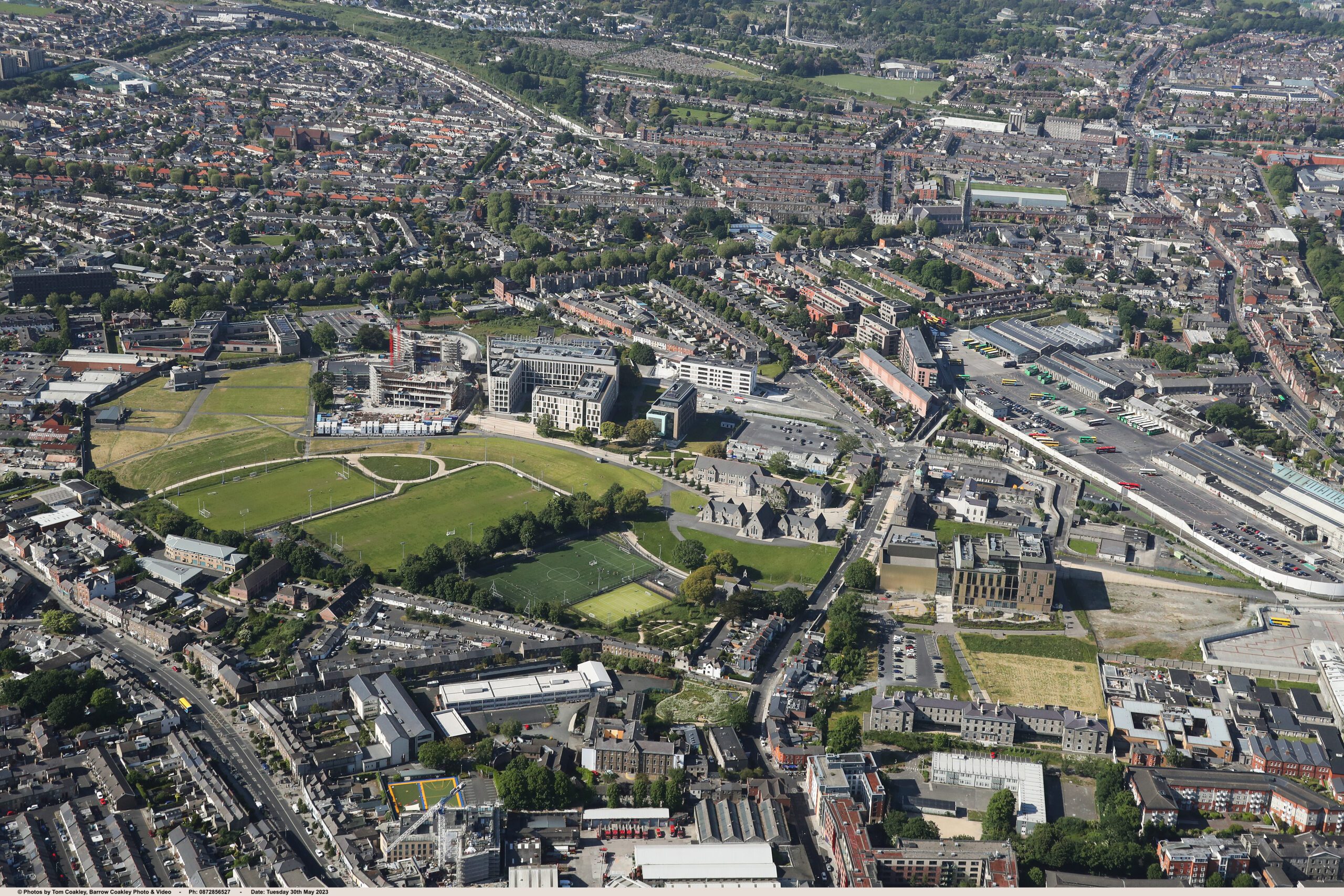Colleges and universities have been hard hit by the pandemic, with massive losses in revenues and student counts. A great disruption that was already underway—questions about the value and cost of four-year higher education, the high stress of student debt, increased use of distance learning—has accelerated during COVID 19 and created a generation of students looking for something new, yet still hungry for the collegial experience of in-person interaction and community. How can their needs be addressed, and help schools survive, by hybrid learning approaches that are fast accelerating in the wake of the pandemic?
As we fnd ourselves washed ashore after the global COVID shipwreck, the frst step is to acknowledge and understand this moment of crisis and opportunity. Hybrid or blended ed spaces used to mean the “fipped” curriculum in which class lectures are viewed online, and classrooms are used for active, hands-on, lab type activities. While that may still apply, a more broadly implemented hybrid learning approach now offers a path to reaching more of the under-served, expanding the student population, bolstering college revenues, and making far more effective use of in-place learning environments. It’s not simply a matter of using more on-line curricula, but a comprehensive blooming of creative learning options that is far more responsive to the diversity of student needs and means.
Education was already fast-changing. Instead of molding students into a single college-educated ideal, higher education now propels them along their own chosen path. Students themselves have evolved, with a high proportion of them non-traditional in their goals, needs, and means. Higher education is increasingly compelled to “meet students where they are”. Pedagogy must adapt to the diversity of student backgrounds, social contexts, and learning styles with an inclusive, immersive experience that teaches students how to think more than what to think. Programs and scheduling must better adapt to diverse patterns of work for more students with real-life complexity, challenges to time and schedule, and other factors that put them at risk. The pandemic also highlighted a digital divide, unequal access to technology became a barrier to education itself. Even for those able to “log on to learning” lack of support resources and counseling

Above all, the pandemic has confrmed that students want human connection and community. Peer to peer learning and social connections- interrupted by COVID 19- have always been an integral part of the college experience. Conversely, remote work and distance learning are here to stay. According to the Chronicle of Higher Education, some 79% of students want keep the fexibility to watch lectures on their own schedule, while more than a third still want to communicate directly with faculty during class. These complementary aims form the basis of the new Hybrid Learning:
- Asynchronous Teaching has real benefts, is self-paced by students with different learning styles, and equally importantly, scalable to reach a larger population
- Active Learning in fexible, physical space allows multiple modes of learning activity with active feedback and progress checks, supported by moveable furniture and technology
- Student-centered Experimentation and pilot learning projects can nurture a culture of innovation- a process that brightspot’s Elliot Felix describes as providing new toolsets, that lead to new skillsets, and ultimately new mindsets

Hybrid Learning as an approach is not new-it has been evolving in our own work for much of the past decade-and now has been thrust into the center of design thinking by the challenges of post-pandemic reopening. Moore Ruble Yudell’s education practice is active in progressive K-12 systems and high ranking business schools, two sectors that are dynamically re-inventing their learning environments. Our design for business education is a constant search for new ways to bring people and information together-at different scales, in different formats, for different activities. The result is less about a building and more about an agile multi-media scaffold to level up the learning experience and encourage student-driven initiative. Our current work with progressive high school programs now leans toward greater initiative and teamwork in which students actively create knowledge as well as study.
We have found that hybrid learning is fostered by a wide array of spaces that have three common attributes:
- Flexibility to allow multiple activities and scales of user groups, with furniture, enclosure, and technology changeovers that may occur in the course of a day.
- Technology that supports and enhances a constantly evolving range of activities, most recently including a mix of in-place and remote participation by students and educators.
- Adjacency to complementary spaces in a learning ecosystem that allows toggling between different modes of active learning, instruction, and spontaneous interaction with peers.

This last factor-connectivity of a matrix of spaces with a robust network of informal interaction and movement-is absolutely critical in making hybrid learning work, by providing a dynamic and ubiquitous setting for student community and peer to peer learning. To this spontaneous, in-place interaction is added a new requirement: classrooms must now incorporate technology to bring remote students and in-place students together in a dynamic interactive experience. Faculty, who have had to adapt exhaustively to new protocols, need spaces that support recording of in-progress classes as well as prepared lectures. Above all, diversity of students, pedagogy, and learning experience call for a greater diversity of settings. When it’s working, the alchemy of multiple modes of space and activity not only facilitates advances in teaching and learning, it inspires them.



